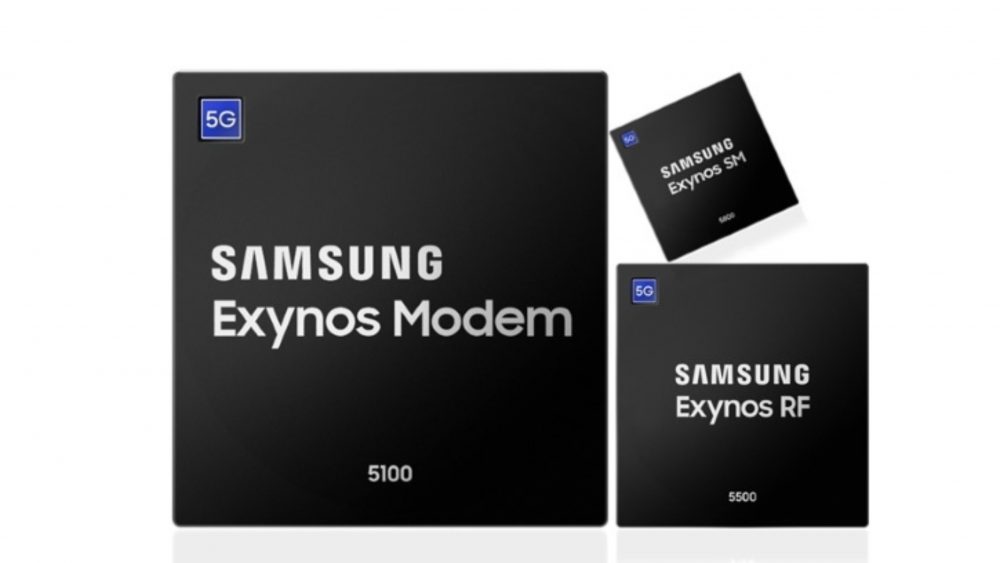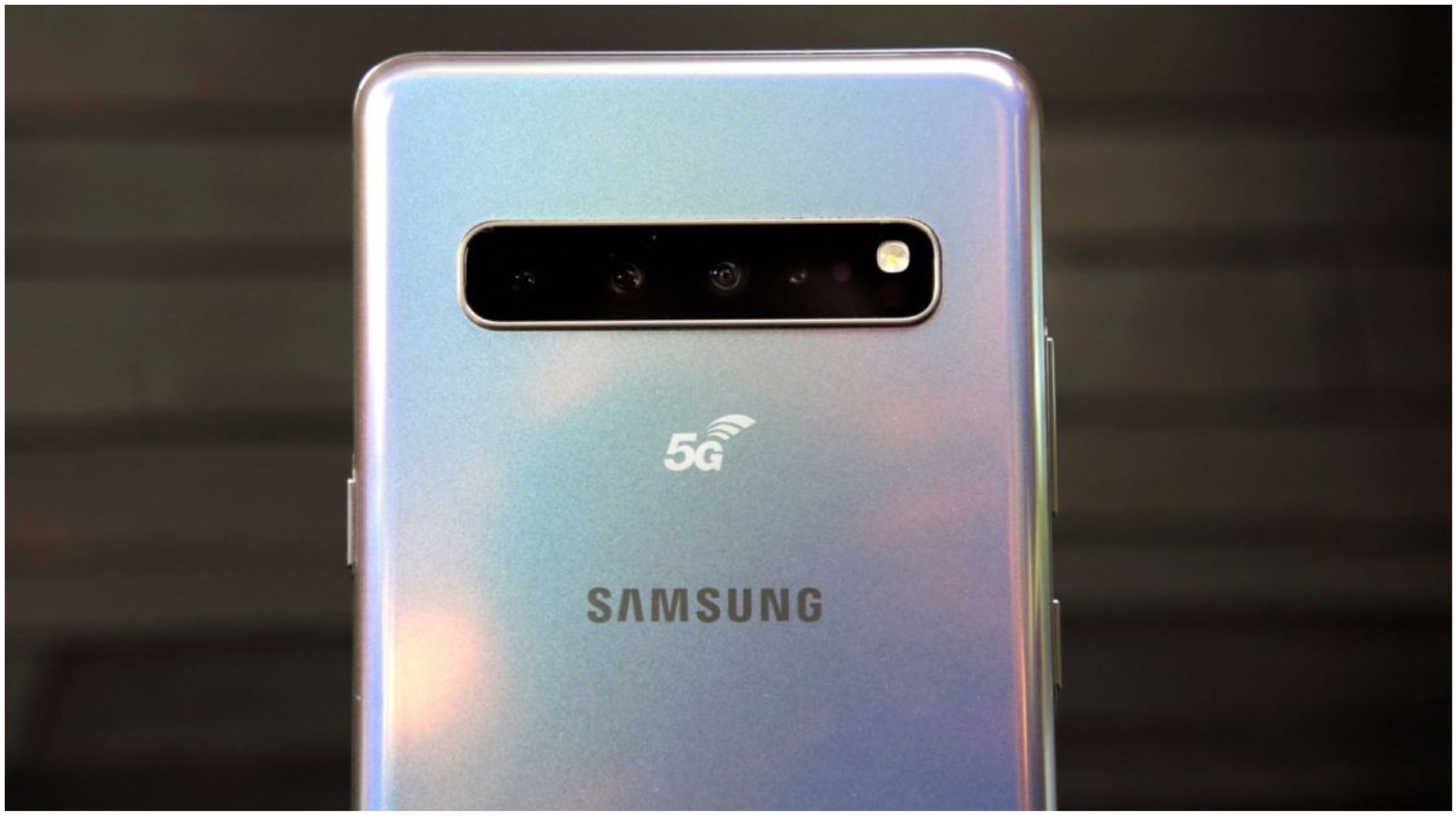Samsung Starts Manufacturing Its 5G Modem For Smartphones

The latest trend in smartphones this year has been the advent of 5G. The latest mobile connectivity standard promises better connection speeds and stability. Korean giant Samsung launched its first device supporting the standard, the Galaxy S10 5G at the Unpacked event in San Fransisco on February 20. It features the latest processor from Qualcomm, the Snapdragon 855 SoC. To provide the handset 5G functionality, it also had the X50 modem. In a bid to develop a smartphone with homegrown internals, Samsung has started the production of its 5G components, including the Exynos 5100 5G modem, Exynos 5500 RF transceiver and the Exynos 5800 supply modulator.
Samsung’s 5G Components
The Samsung Exynos 5100 5G modem is the company’s first modem that supports the new connection standard. While it completed all the preparations for commercialization in August 2018, it is presently ready for mass production. According to the company, the modem virtually supports most networks, right from the sub 6Ghz networks of 5G to 2G GSM/CDMA, 3G WCDMA, HSPA and 4G LTE. The Exynos 5100 is further paired with the Exynos RF 5500 and the Exynos SM 5800 which is the company’s Radio Frequency and supply modulator solution. Notably, these components combined are claimed to support up to 1 Gbps download speeds.

To maximize the data rate over the 5G network, the Exynos RF 5500 has 14 receiver paths for download and supports 4×4 MIMO (Multiple Input, Multiple Output); and higher-order 256 QAM (Quadrature Amplitude Modification). All of this helps in an efficient way to maximize the data transfer rate over the latest connection standard. The Exynos SM 5800 on the other hand, is a low-power supply modulator. It has been demonstrated to reduce the power consumption of the 5G modem by up to 30 percent. According to Samsung, it was achieved by adjusting the supply voltage according to the modems RF input signals.
Also read: Apple May Release The iPhone XE With A 4.8 Inch Display This Year
Interestingly, in contrast to the previous connection standard 4G LTE, 5G components in smartphones take up significant space inside the device. This lets the OEM compromise on essential features like a microSD card and a 3.5mm headphone jack. Even Samsung, who is known to retain the said components in its handsets, removed the headphone jack from the Galaxy Fold and microSD card slot from the Galaxy S10 5G to save space. Furthermore, the mobile network standard is also notorious for consuming battery and producing a lot of heat. This is seen as the main reason for the slow, gradual rollout of 5G.






















